World class roebucks
The roebucks of Trolle Ljungby
We visited one of the World’s best hunting areas for large roebucks and chatted with the gamekeeper behind the success.
I'm sitting in the garden of the gamekeeper’s house, drinking coffee with Linus Larsson, gamekeeper at Trolle Ljungby. It’s early August and the opening of the Swedish buck season is just a few days away.
“On Tuesday, Franz Albrecht and the entire camera crew are arriving. We’ve got some really good specimens for them this year”, says Linus, showing me a couple of photos of world-class roe bucks. The garden table is groaning with heavy antlers. Some are casts of the largest of the estate’s bucks through the years – others are the genuine article. The assortment is guaranteed to take away the breath of any committed buck hunter who dreams, just once, of seeing a gold medal buck in the crosshairs...
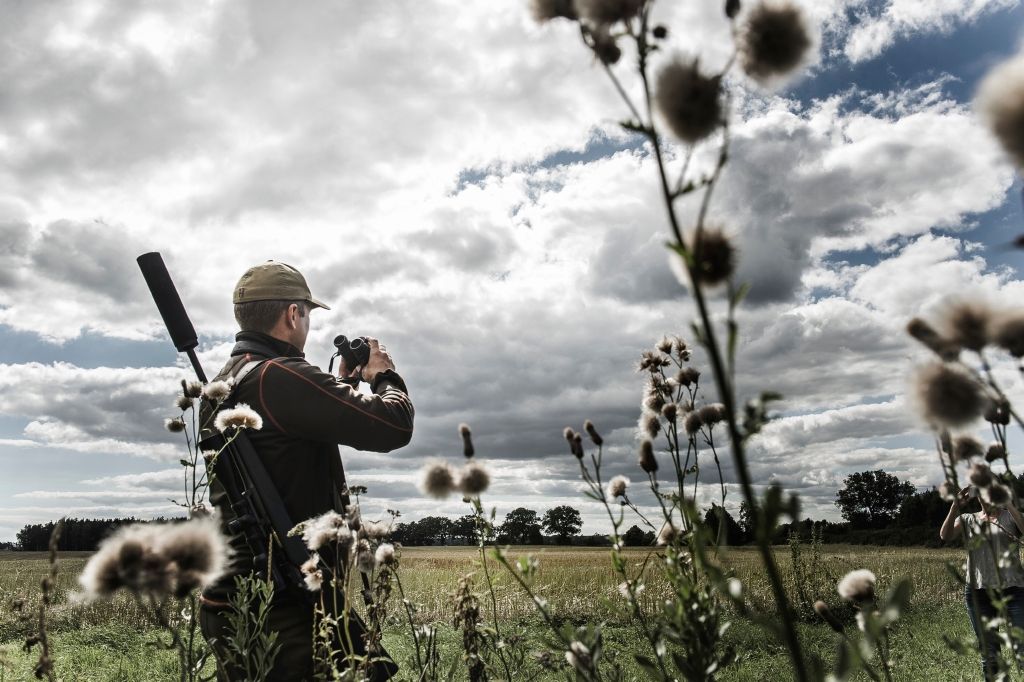
“The assortment is guaranteed to take away the breath of any committed buck hunter who dreams, just once, of seeing a gold medal buck in the crosshairs...”
Linus Larsson came to Trolle Ljungby in the year 2000, direct from the Game Management School at Kalø. The intention was that he should gradually take over the hunting on the 12,000 hectares in the footsteps of the legendary keeper Liljenberg who had occupied the estate for a generation. But Liljenberg retired immediately before Linus arrived, so the start was quite a tough one.
An extensive shoot of pheasant, partridge and duck was run on the estate, and all the birds were raised on site, so the newly qualified keeper had his hands full. But he came through. Linus is still here, thriving in his work, with an assistant and a full-time trainee to help with all the practical tasks on this large shooting estate.
It is not the birds, but its unique roe deer stock that has made this estate in north-east Skåne so famous beyond Sweden’s borders. Many hunters – consciously or not – have become acquainted with Trolle Ljungby’s highly impressive bucks, which have appeared in a variety of hunting videos, and in photos in hunting and shooting magazines across Europe.
The bucks here really are something special. Every year, some 25-30 bucks are taken on the estate, 7-10 of them in a medal class. Some of them attain sizes that are quite simply extreme. What is the story of this roe buck stock that, over many years, has generated a great wealth of gold medal specimens?
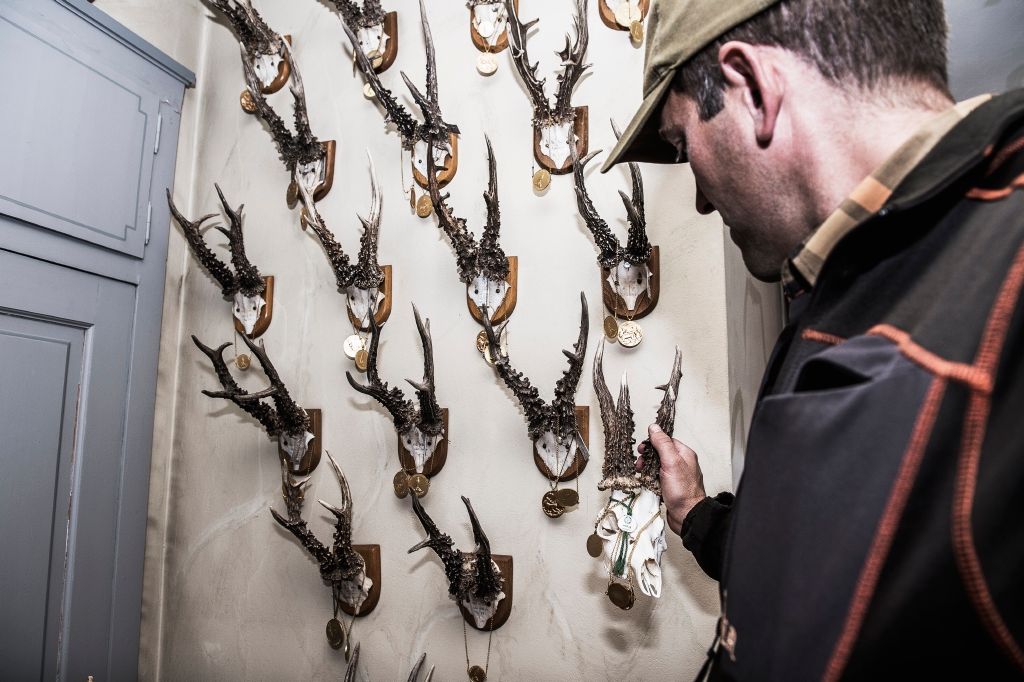
A SIMPLE EXPLANATION
In fact, besides healthy genes, it’s about loads of game management experience and, not least, patience. There’s no black magic involved in this Southern Swedish buck success story. Nor does the recipe include secret tricks, fences, or special force feeding. The entire difference is down to skilled countrymen and women.
The estate’s own trophy collection shows that, in all likelihood, there has always been a genetic basis for a strong roe deer stock here. Not least because, even a century ago, Trolle Ljungby was taking good care of its game and implemented a very selective shooting plan on the German model. When the present owner, hunting enthusiast Count Trolle-Wachtmeister, took over operations in the 1950s, he started inviting hunting friends to shoot buck, and it was quickly evident that the estate’s deer were uniquely large.
Historically, the roe deer are not present in great numbers across the entire estate but are mainly found in the section they refer to as the “Plain”. This area comprises around half of the estate’s total surface, and here they try to protect the roe deer stock as far as possible by keeping the fallow deer and wild boar away.
According to Linus, the fallow deer in particular hit it off badly with the roe, which simply withdraw from areas where the fallow dominate. No feedstuffs are put out for the roe deer, which are fed only in extreme winter conditions, and no mineral supplements are supplied.
As a result, from his intimate knowledge of conditions on the estate, Linus can prepare an annual shooting plan for bucks that either need to be removed from the stock to make way for stronger specimens or are considered to be at the peak of their growth. This is not as easy as it may sound and experience counts for a lot.
On the one hand, individual bucks have to be recognised from one year to the next – and Linus reckons they succeed 90% of the time. On the other hand, there is the problem that, from time to time, individual bucks may have a bad trophy year, when they do not antler as expected, but will perhaps come back strongly in the next year. Gut feeling has a big role to play, but the results confirm that Linus is the right man for the job.
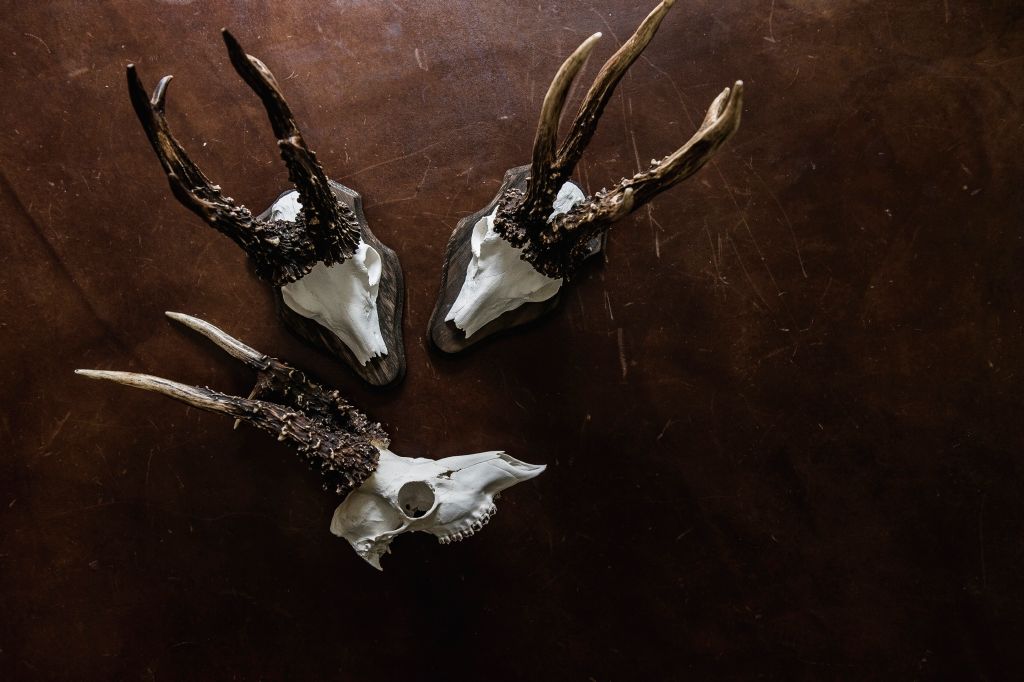
HOW DO YOU GET LARGE BUCKS?
Trolle Ljungby’s recipe for large bucks is primarily about age, monitoring and selection. If you want to optimise antler size on the bucks your grounds produce, there are several things you can learn from Linus Larsson.
How big the bucks can grow to depends to a large extent on genetics and soil conditions, but they can certainly achieve a significantly larger average size on nearly any hunting ground that has not already been managed with a view to producing the biggest possible bucks.
- Monitor your bucks using binoculars, camera and wildlife cams, to get an idea of the sort of stock you are managing.
- When thinning out young bucks, restrict yourself to unusually small and weak animals. A large one-year-old with small antlers may easily grow into something big.
- Leave the strongest bucks to reach 5 to 6 years of age. It usually pays to keep your cool.
- Make sure the roe deer have plenty of natural food available all year round.
- The bigger the area managed using the same model, the better the results. Consider making agreements with your neighbours.
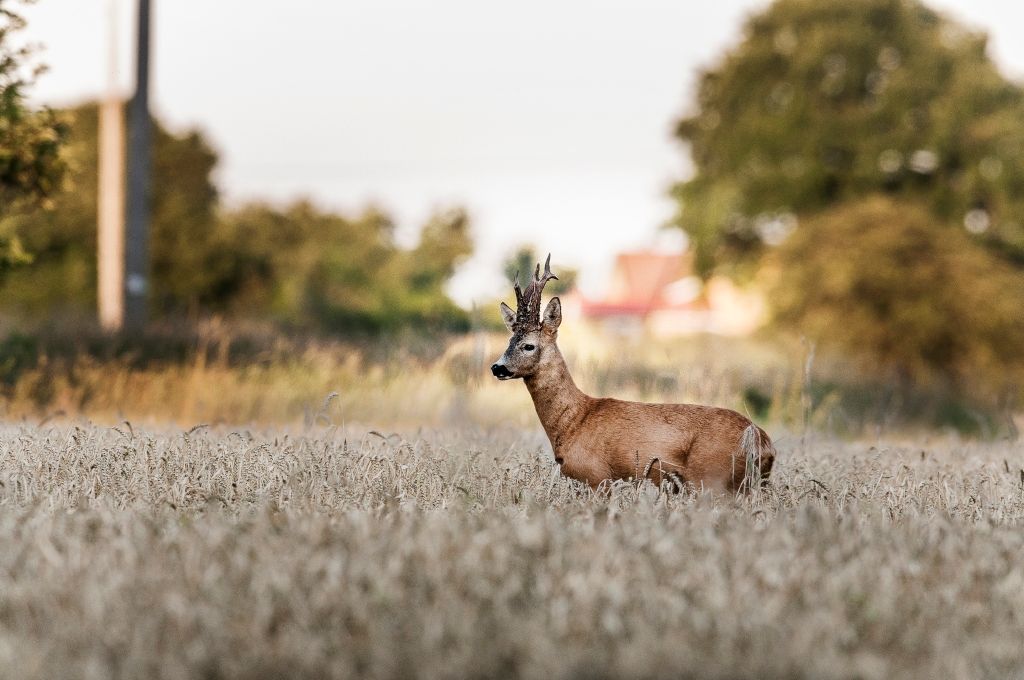
SUPERB CONTROL
Linus shows me some examples of photos of bucks they have followed over the years. One of them – nicknamed “Carrot” – they monitored for nine years until it was finally shot as an impressive “killer” buck with two great lances for antlers. The photo archive is unique and very instructive for anyone interested in roe buck antler development from year to year.
The conclusion is clear: if you want to be able to shoot the largest possible bucks on your land, you have to save the strongest of them until they peak. Here, this typically takes 5 to 6 years. When thinning out the stock, animals in lower nutritional states are targeted.
Year-old bucks are only shot if they are very small in the body – the antlers are a very poor indicator of a buck’s potential at this age. In total, around 100 roe deer are shot each year at Trolle Ljungby. The roads through the estate also account for around 50 animals, half of them bucks.
In other words, traffic is just as responsible for the stock mortality rate as shooting, and every year, there are good medal-quality bucks among the road victims. Linus digs out the antlers of a road-kill buck with more than 150 points. The annoyance in his face is clear, but this has always been part of life on the estate, which is traversed by the E22 main road – one of Sweden’s busiest.

Historically, the roe deer are not present in great numbers across the entire estate but are mainly found in the section they refer to as the “Plain”. This area comprises around half of the estate’s total surface, and here they try to protect the roe deer stock as far as possible by keeping the fallow deer and wild boar away.
According to Linus, the fallow deer in particular hit it off badly with the roe, which simply withdraw from areas where the fallow dominate. No feedstuffs are put out for the roe deer, which are fed only in extreme winter conditions, and no mineral supplements are supplied.
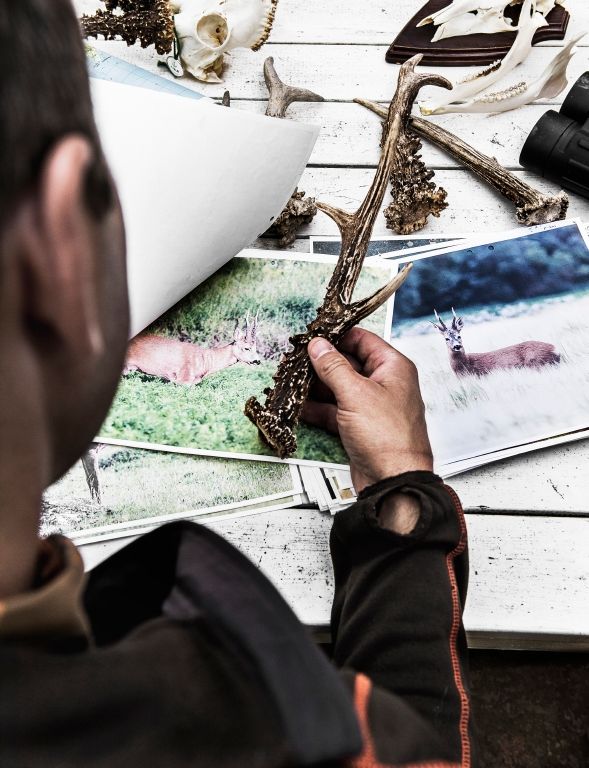
The strong commitment to roe deer management on this estate is not due solely to personal interest. It is also, of course, because there are hunters ready to pay enough in trophy fees for unusually large bucks to make it financially viable to put in the countless, arduous hours that game management requires. The activities at Trolle Ljungby are so extensive that game management here is very far from being just a hobby project...
Linus shows me one of the buck antler sets from last year’s hunt. A beautifully pearled and regular six-pointer. A prime example of a buck with as many as 158 pearls, but far from unique on this estate. I can easily understand Linus Larsson’s fascination with roe deer management. I think there are plenty of us that share it.
Most of the bucks stay on the “Plain”, which makes up half of the estate. Here the roe deer stock is carefully looked after.
Most of the bucks stay on the “Plain”, which makes up half of the estate. Here the roe deer stock is carefully looked after.